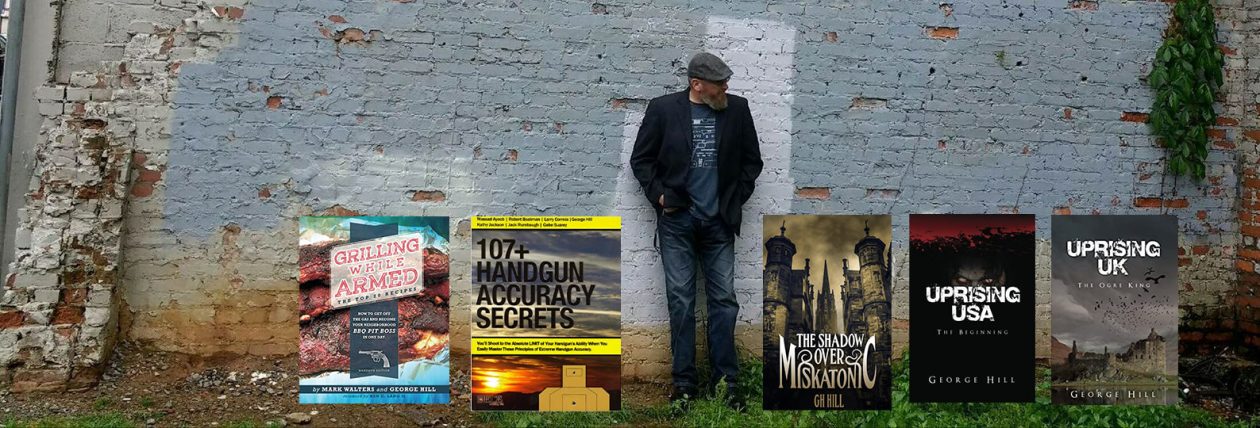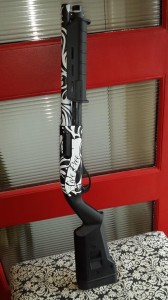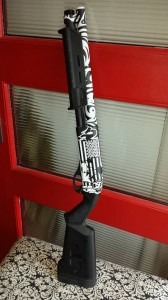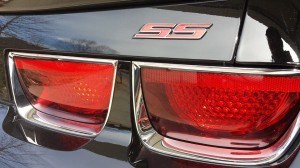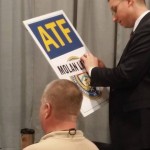I’ve talked about the best choices for Concealed Carry, but what about for the guys who have to carry openly? Law Enforcement, PMC, Security Contractor, or general Open Carry use, these are going to require a different type of handgun. Basically as much gun on your hip as you can get. Full sized, full capacity, none of the compromises required for Concealment.
SIG 226/220. This full sized SIG is a classic and the choice of a great many gunslinging professionals. A big capacity and rugged construction combined with reliability and accuracy. It’s everything you could want in a Side Arm. Unless you want a larger caliber. The 220 everything you like about the 226, but in .45 Auto. This big bore auto is known as “The Thinking Man’s .45” and that does indeed make sense when you’ve spent time with the gun. Same capacity as a 1911, but offers a decocking DA/SA fire control profile. This is probably the safest autoloading handgun I know of. (226 included) They are also very accurate.
Glock 17/22. Depending on your choice of 9mm or .40 cal, these guns are probably the first choice of more police departments than anything else. Very low bore axis, and a simple striker fired trigger mechanism makes these guns very easy to shoot well with once you get used to the triggers. 17 rounds of 9mm was an improvement over the typical 15 rounds others guns had, and 15 rounds of .40 cal is nothing to sneeze at these days.
Glock 20/21. 10mm or .45, these full sized beasts give you everything you need to pull duty on a dark and storm night. A lot of Law Enforcement Officers are running the 21 and I know a few that are running the 10mm. 15 rounds of 10mm is a lot of firepower. With good accuracy and legendary reliability – A Glock is never a wrong choice.
Beretta 90 Series. The 92FS, 92F, M9, M9A1, 92A1, 90-TWO, 96, 96A1. Shooting the big Beretta is like driving a Cadillac. Big, comfortable, comforting, reliable and accurate all with Hollywood good looks. Beretta has a lot of visual style, but what I like best is the almost straight line feeding. Mine can feed empty casing. Super smooth action as well, thanks to it’s unique locking block. The Beretta won the US Army contract for a good reason. Like it or not – and I know I’m going to open a can of worms here – it kicked SIG’s ass in the Trials. It kicked everyone’s asses in the Trials. So much so that the Army actually had to “dumb down” the test just so the SIG could stay in the race and the Beretta wouldn’t be a lone competitor. The 90 Series is battle proven around the world.
Beretta Px4 STORM. This is Beretta’s newest service auto. It uses a unique rotating barrel action with a traditionally Beretta like DA/SA trigger mechanism. This action makes the Storm a soft shooting pistol as it takes more energy out of the recoil. Like the 90 Series, the sights and the barrel maintain their relationship, they are very accurate shot to shot. With good triggers and comfortable recoil – it’s easy to be a good shot with the Px4 STORM. Even the Mid sized version… But the full sized is seriously just a pussycat. You can get it in 9, .40, and .45 auto. It’s one of my favorite new autos.
S&W M&P. S&W decided to get serious with the Poly Striker platform and forced Glock to rush the Gen 4 to market. Smith took a lot of LEO sales away from Glock. The Swampy as some call it, is a good pistol and a huge step up from Smith’s prior Glock Attack, the SIGMA. *shudder*. I bought one for my eldest Son, who upon getting the pistol, loading it, and having never fired it before – drilled the X in the target as perfectly as an Olympic Marksman from 20 yards. They are accurate guns. Like my Glocks, his Swampy has never failed.
Walther PPQ. This gun surprised me. The prior P99 was a gun that surprised me too. 500 rounds of mixed ammunition, it never failed. But it had a couple characteristics that made it an oddity. Such as the push down mag release and the top of the slide decocker button. The PPQ does away with the decocker on top and gives the gun a normal and familiar mag release. Honestly I didn’t mind the P99’s mag release and I found that I would use my trigger finger to drop the mags, just like I did with my HK. The PPQ is now available in either 4 or 5 inch barrel lengths and in 9mm or .40 caliber. The PPQ feels good in the hand and is probably one of the best and most under-rated service autos on the market. Let me put it this way – I really want a PPQ and will be buying one this year. Or Trading for it. A few years ago I had said that Walther was struggling to maintain it’s validity. The PPQ anchors it.
Springfield Armory XDM. Good trigger, good sights, and huge capacities make the XDM a solid choice. If you can get passed it’s “only a mother could love it” looks. While I’m not the biggest fan, I have to respect it. They are super accurate and easy to shoot well with. I know owners who have dumped a lot of rounds with astounding accuracy through their M’s.
HK P30 and HK45. The Germans really do engineer some fine hardware. But the P30 and the HK45 are both over priced and in my opinion over rated. With a standard trigger package, I find their triggers to be lacking in the quality of trigger pull that I would expect from such expensive guns. And I don’t like glow in the dark toy like sights that come on them stock. Again, for such an expensive gun, I want Tritiums on it right out of the box. Don’t get me started on the price of spare mags. For what you pay for an HK, it should come with Tritiums and 4 spares. All that aside – these guns deserve consideration. They are sharp looking, and they feel good in the hand. You can not go wrong with an HK, you really can’t. They are very well made. And after you dump enough rounds through it… Cost wise, would be enough to put a kid through a 12 credit semester of college, the trigger does feel pretty decent. They do look good… Like new BMW or Mercedes good looking. Pistol-Training.com’s Todd Green did a long term test on the P30 and it ran some 93,000 rounds before forced retirement. You could buy a new car for that much… Or you could afford to get sick or even have a (small) accident under Obamacare for that much money. I believe that none of his other tests have run that distance… Which ultimately makes the HK’s probably the best choice out of the lot.
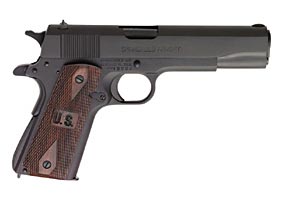 I find it interesting that having worked for a holster company for 10 months, I don’t have a decent EDC holster for my 1911. Sure I have a leg rig. And an Army Field rig… but I’m not one that I can carry concealed with. That’s most strange to me. Because I’ve been working on my 1911 a bit here and there all day long. Just holding it, gives me some comfort and satisfaction in the beauty of the thing.
I find it interesting that having worked for a holster company for 10 months, I don’t have a decent EDC holster for my 1911. Sure I have a leg rig. And an Army Field rig… but I’m not one that I can carry concealed with. That’s most strange to me. Because I’ve been working on my 1911 a bit here and there all day long. Just holding it, gives me some comfort and satisfaction in the beauty of the thing.